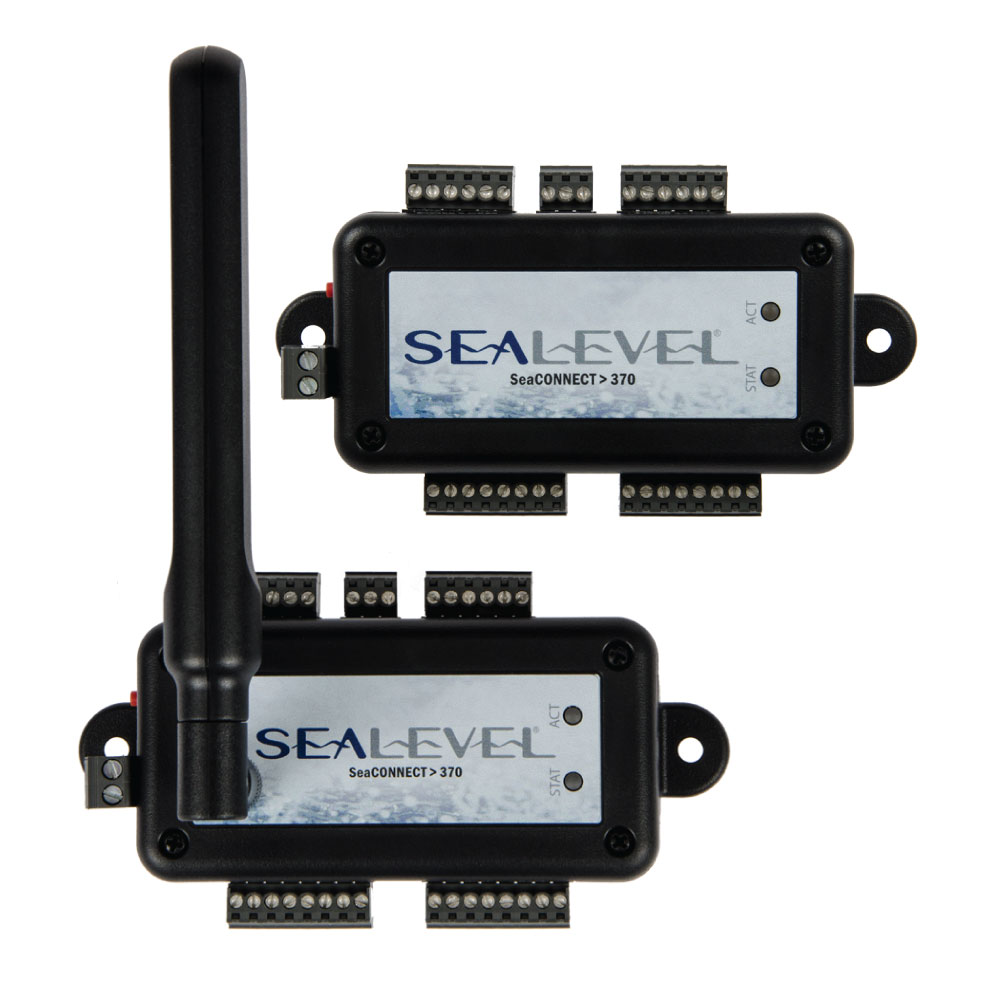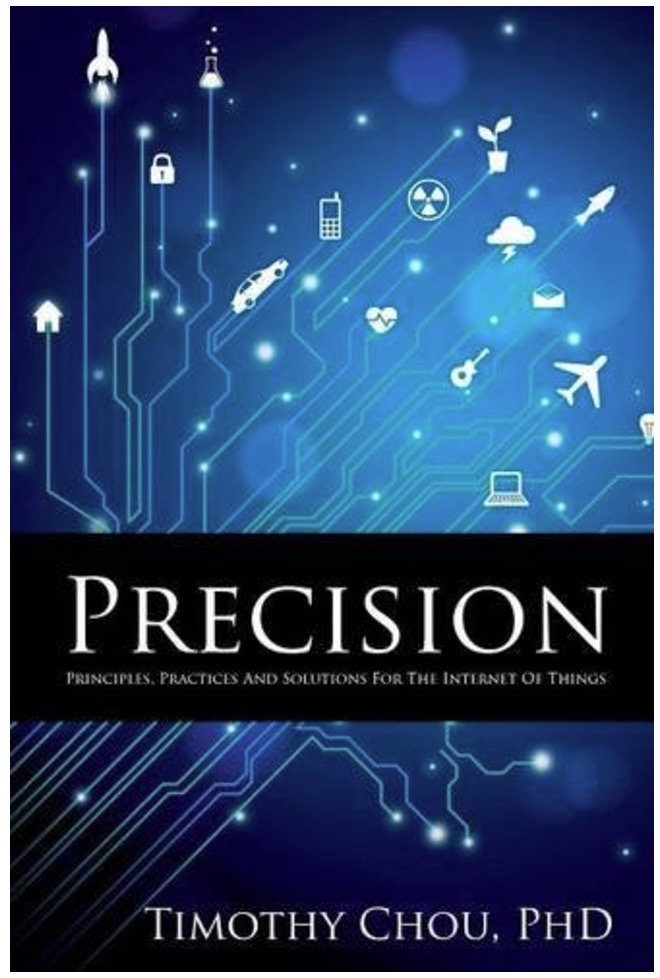Blog
Recent Posts
Wi-Fi Connected IoT Modules For Remotely Monitoring And Controlling The Status Of Real-World I/O Processes
Posted by on
 Sealevel announced their SeaConnect 370 and SeaCloud SAAS platform. The SeaConnect 370 IoT edge device allows users to monitor and control real-world processes and trigger actions with SeaCloud, a cloud-based, built-in event engine. Designed for a variety of applications including asset management, data acquisition, environmental monitoring and facility management, the SeaConnect 370 originally emerged as a solution for sign monitoring and notification.
Sealevel announced their SeaConnect 370 and SeaCloud SAAS platform. The SeaConnect 370 IoT edge device allows users to monitor and control real-world processes and trigger actions with SeaCloud, a cloud-based, built-in event engine. Designed for a variety of applications including asset management, data acquisition, environmental monitoring and facility management, the SeaConnect 370 originally emerged as a solution for sign monitoring and notification.
A leader in the sign manufacturing industry approached Sealevel with an idea to offer monitoring services for their clients. With a history of solutions for remote I/O, Sealevel welcomed the opportunity to develop a product that could assess environmental conditions and respond accordingly as well as provide historical reporting. Fast forward to today and Sealevel offers the SeaConnect 370 as a connectivity and control solution.
The SeaConnect 370 features two Form C relays, four digital inputs (wet or dry contact), two 12-bit A/D converters, a 1-Wire bus interface and a TI SimpleLink CC3200 ARM Cortex-M4 microcontroller unit. An optional QuickStart Demonstration Kit is available for demonstration and testing purposes.
With integrated Wi-Fi capability, the SeaConnect 370 can also be configured with a Verizon Cat 1 cellular modem. For applications where geolocation is required, the SeaConnect 370 is available with an optional cellular and GPS module.
For data logging, the 370 interfaces with Sealevel's optional SeaCloud service. SeaCloud offers a scalable Industrial Internet of Things (IIoT) software platform and is designed to monitor, track, analyze and control data from Sealevel I/O devices.
Precision: Principles, Practices and Solutions for the Internet of Things
You may not be sure why your coffee pot should talk to your toaster, but precision technology powering an industrial Internet of Things has the potential to reshape the planet. To help clarify, Dr. Timothy Chou has created Precision to introduce us to the basics of the industrial Internet of Things (IoT).
The first part - Precision: Principles and Practices - introduces a vendor-neutral, acronym-free framework. Dr. Chou then discusses the framework's fundamental principles and these principles put into practice.
The second part - Precision: Solutions - puts Dr. Chou's IoT framework into practice highlighting 14 real world solutions for manufacturers who are building precision machines and companies utilizing these machines to receive precision enhanced business outcomes.
Case studies discussed span a number of industries such as power, water, healthcare, transportation, oil & gas, construction, agriculture, gene sequencers, mining and race cars.
 Loading... Please wait...
Loading... Please wait...

